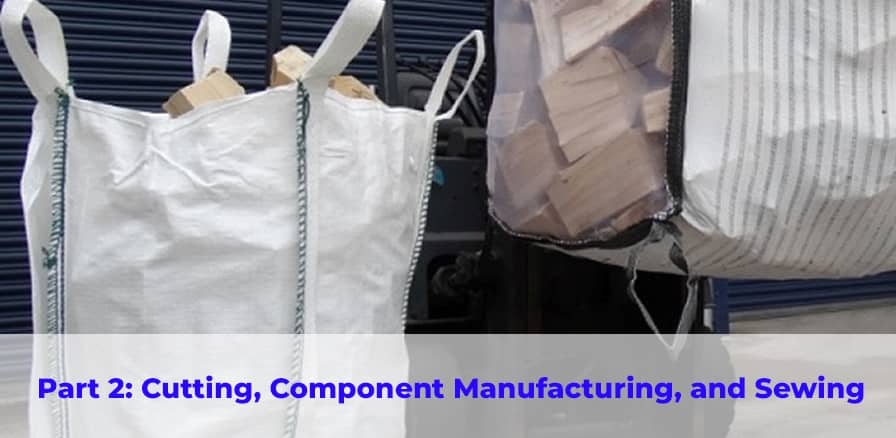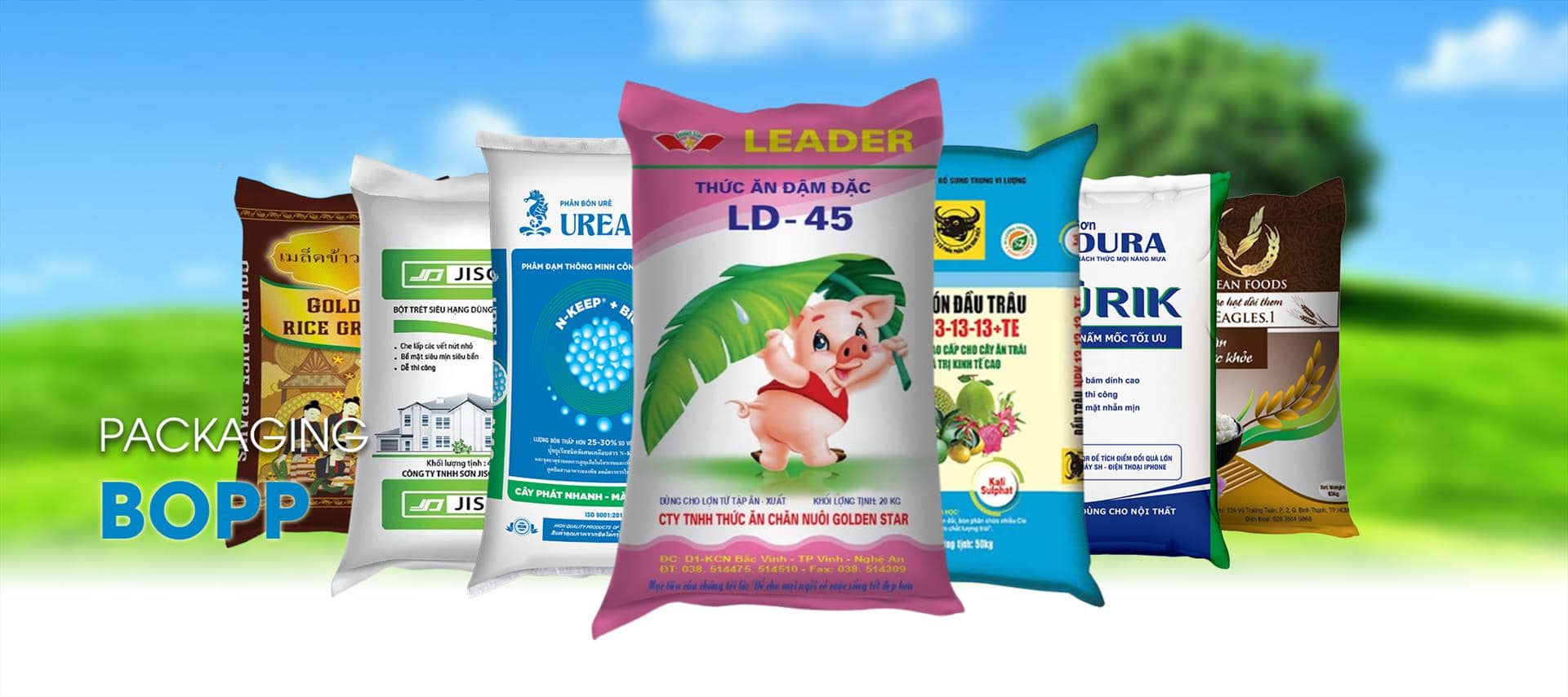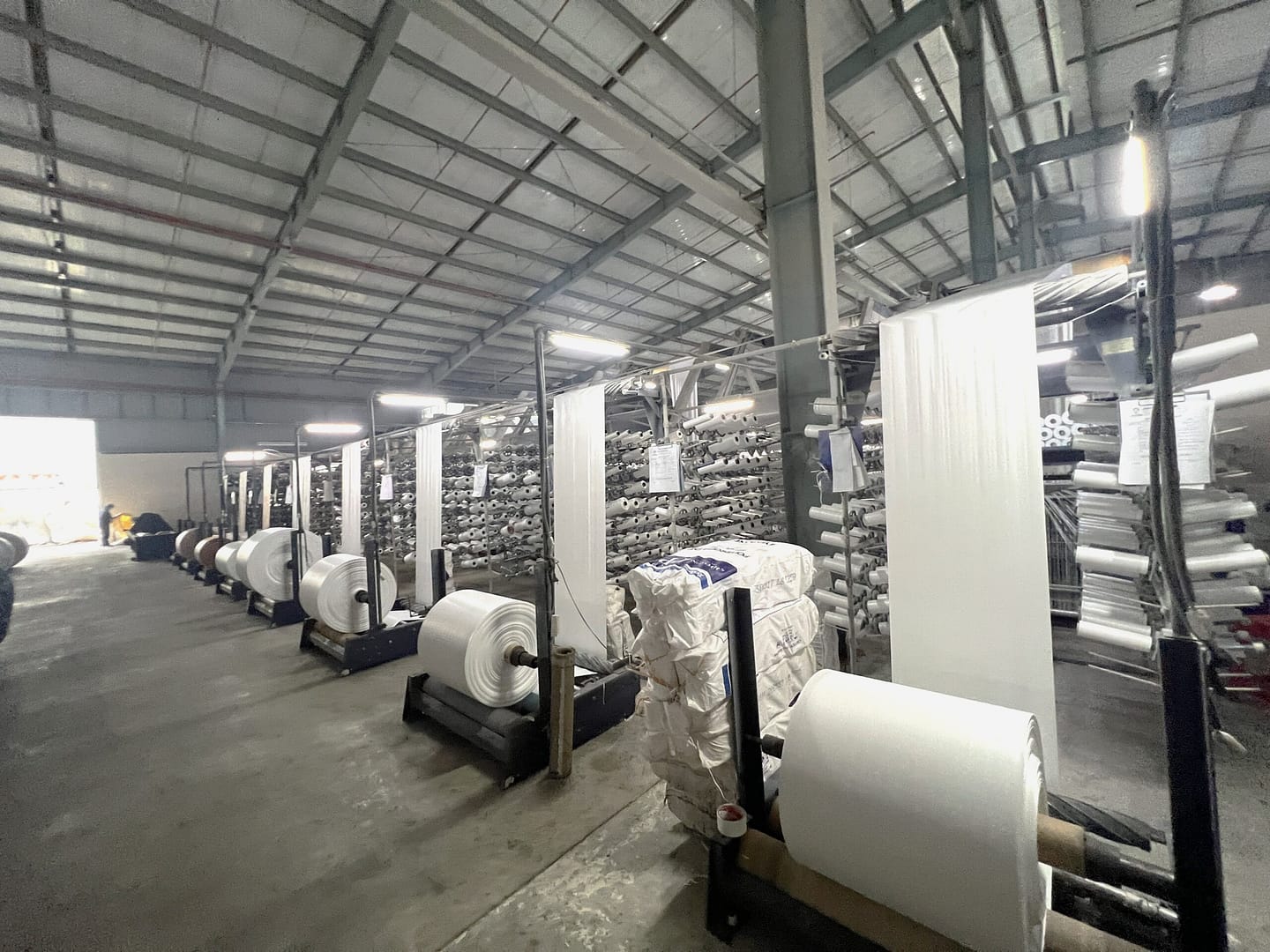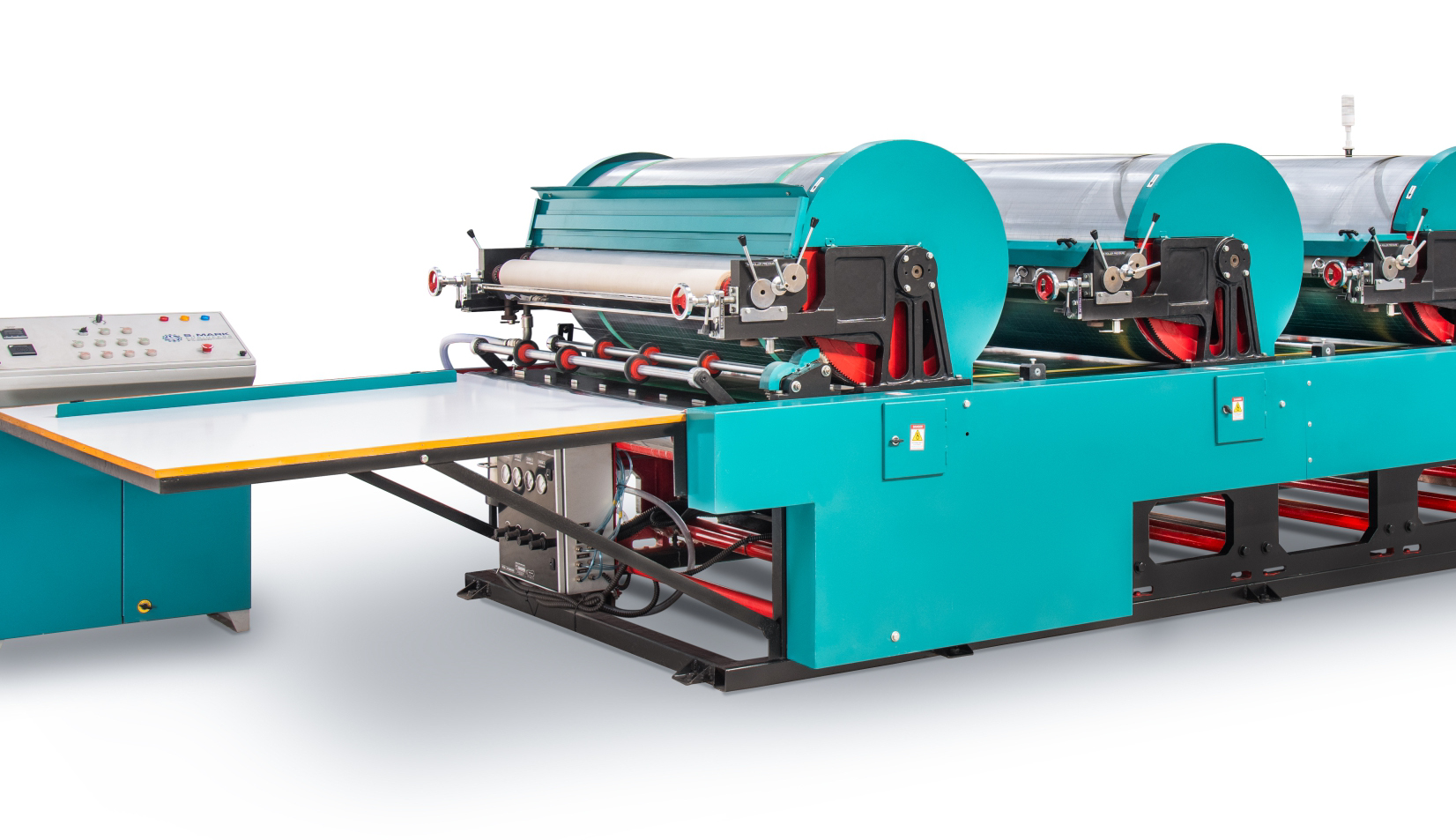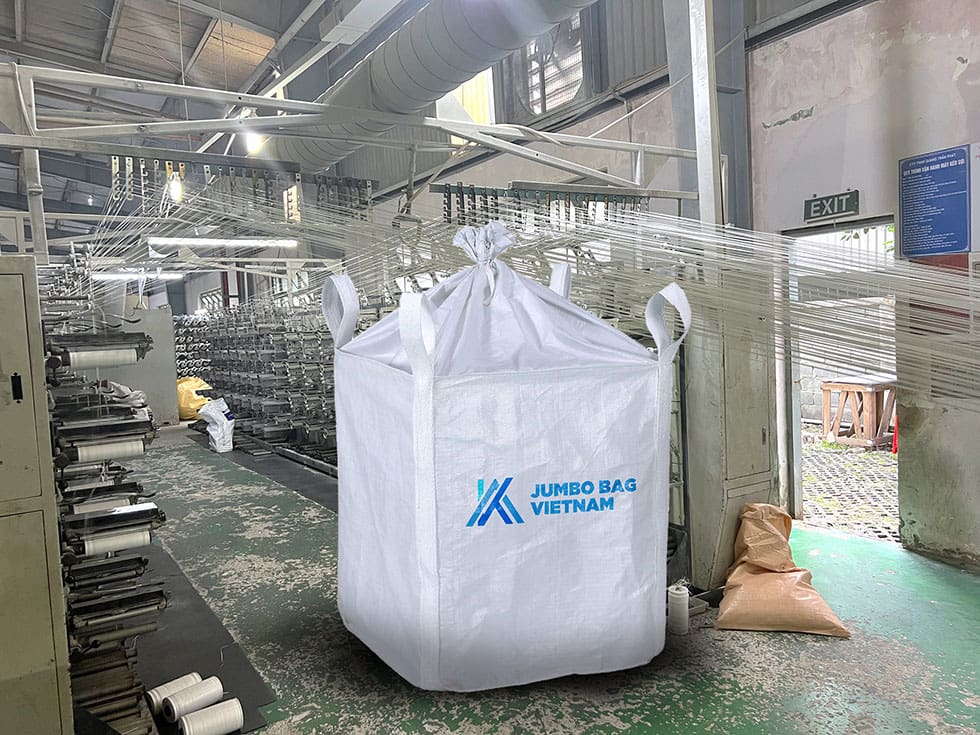Are you curious about how bulk bags are made and how they’re strong enough to hold thousands of pounds of material? In Part 1, we reviewed how our bulk bag fabrics are produced through extrusion, weaving, and coating. Now, let’s dive into the second phase of production, which includes fabric cutting, component manufacturing, and sewing.
CuttingIn the cutting stage, the woven fabric rolls produced during weaving are moved to the cutting floor. Here, the fabric is cut into specific shapes and sizes based on the finished bag’s specifications. These cuts determine the shape of the bag’s body panels, base and top panels, duffle or spout dimensions, and overall bag style. Measurements are programmed automatically to ensure precise and equal cuts according to the specifications.
Component Manufacturing
This stage involves two sub-stages: printing and webbing.
Sub-stage 1: Printing
After the fabric is cut, the printing plan is defined by the planning team. Once print plates are produced, the data is sent to an automatic printing machine. Impressions, company logos, and colors are then applied to the fabric panels before any sewing processes begin.
Sub-stage 2: Webbing
During this stage, various webbing components are produced, including lift loops, perimeter bands, belly bands, and web ties. Polypropylene tapes are woven on flat looms in the warp direction, and multifilament yarn is woven in the weft direction to produce webbing that supports a 6,000 lb break strength. The Quality Team then checks and approves the mechanical properties and appearance of the fabric.
Sewing
Once all the fabrics are cut, components are produced, and the technical team has reviewed the production plan, the materials are brought onto the production floor for sewing. The line plan is set up based on the attachments and components of each bag. Sewing generally follows this sequence: spouts are attached to their appropriate panels, the body panels of the bag (the “box”) are sewn together using a single safety stitch, and finally, the web components and accessories are attached with the finishing stitch. Different operations are carried out at their respective workstations by trained specialists to produce the finished FIBC bag.
